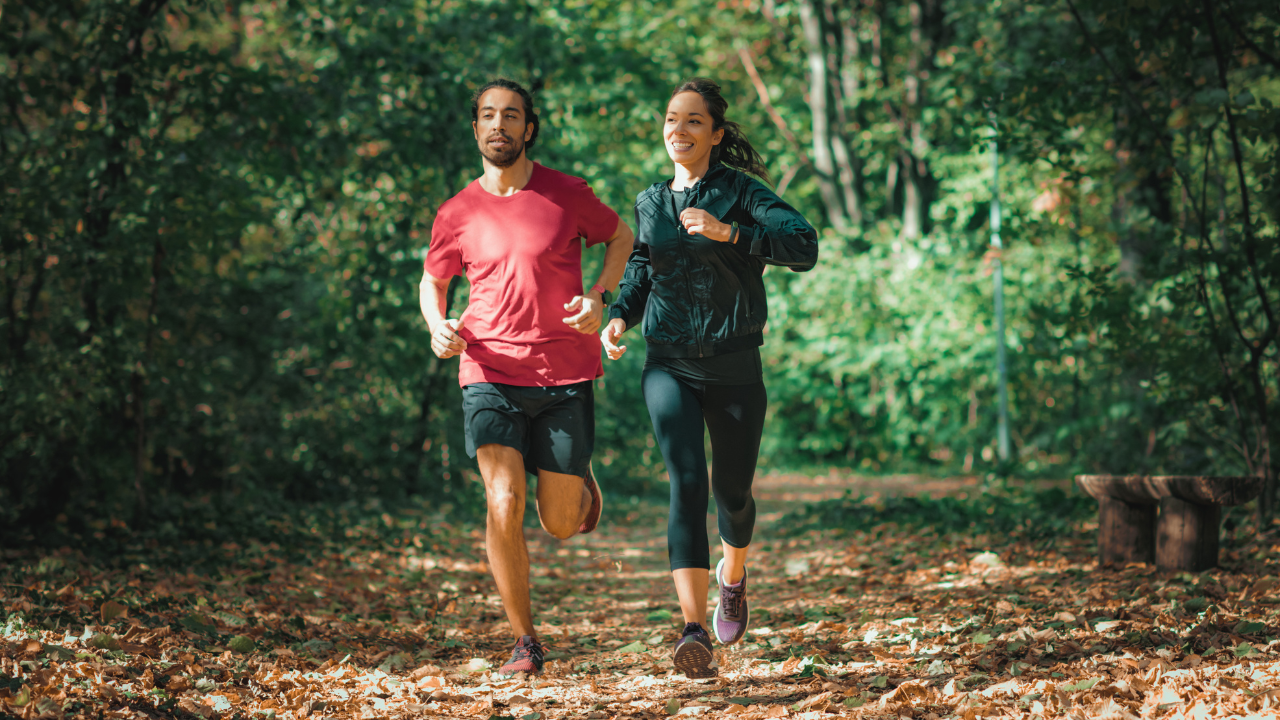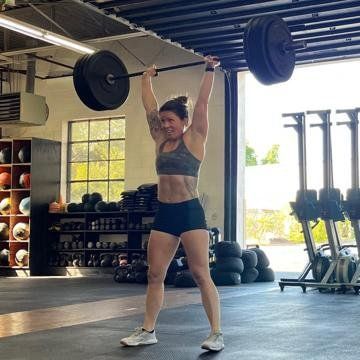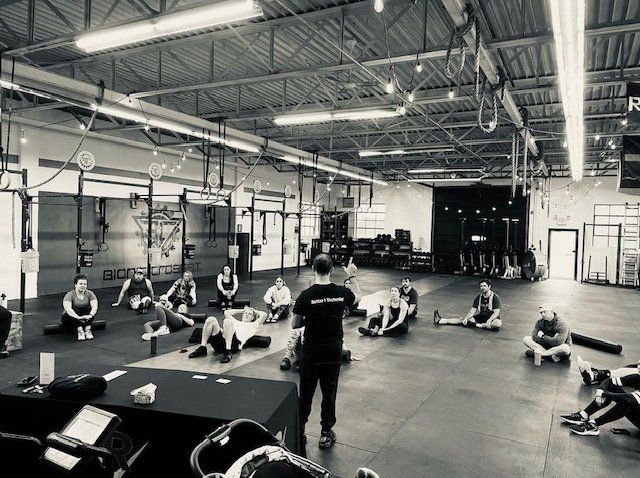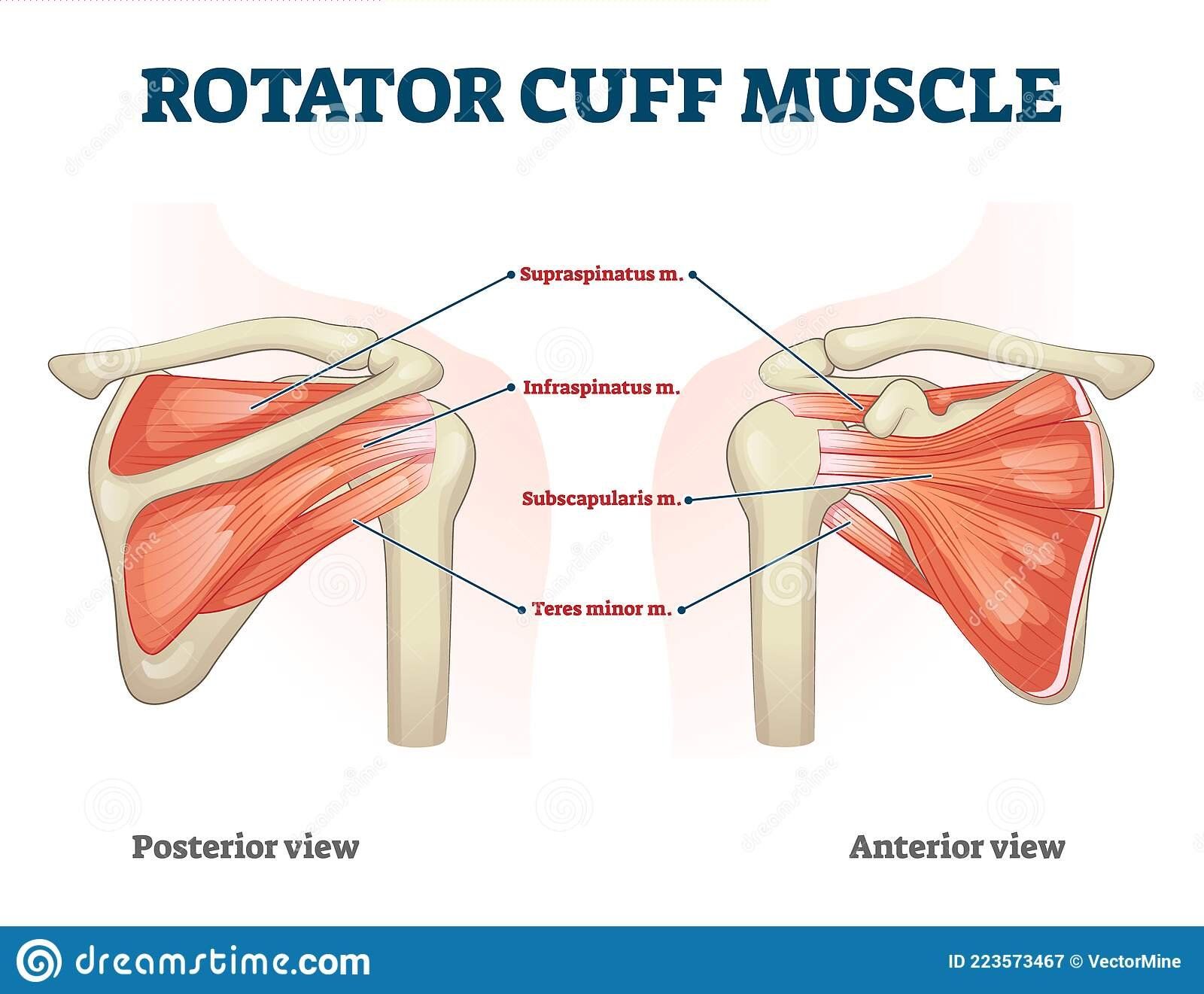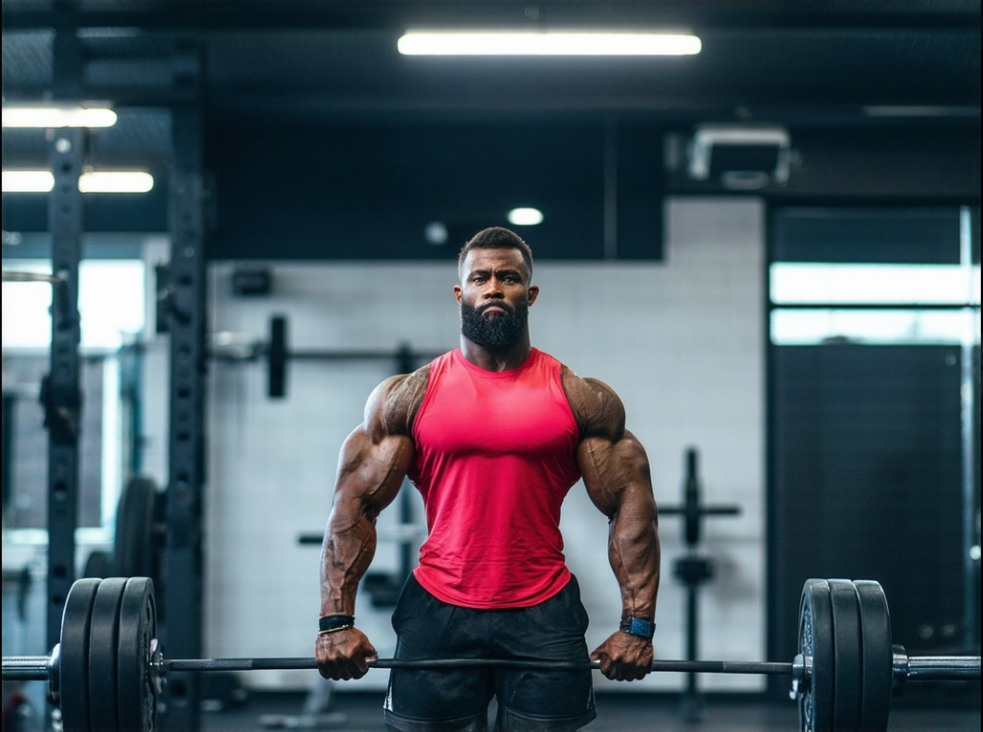6 Physical Therapy Techniques for Young Athletes to Stay Injury-Free
As a young athlete, you strive to push yourself further, faster, and stronger in every practice and competition—but with passion and dedication comes the risk of injury. Injuries not only sideline you from your favorite sport but could have lasting effects on your athletic performance and overall health. That's why proactively incorporating physical therapy into your training routine is crucial.
Physical therapy isn’t just for injury rehabilitation; it's a powerful tool for injury prevention, performance improvement, and faster recovery.
In this article, we'll explore essential physical therapy techniques designed specifically for young athletes and expert insights and tips you can immediately put into practice.

1. Dynamic Warm-Ups and Stretching – Why They Matter and How to Do Them Right
Many young athletes make the critical mistake of skipping proper warm-ups. Jumping straight into intense activity without preparation significantly increases the risk of injury.
Why Dynamic Warm-Ups are Important:
Dynamic warm-ups activate muscles, improve blood flow, enhance joint mobility, and prime your nervous system, reducing the chance of acute injuries such as muscle strains or ligament tears.
Effective Dynamic Warm-Up Techniques:
- Dynamic Stretching: Lunges, leg swings, high-knee drills, butt kicks, arm circles, and hip rotations to engage key muscle groups.
- Sport-Specific Drills: Mimic movements you'll perform in your sport (e.g., dribbling, pivoting, controlled jumps).
- Foam Rolling: Brief foam rolling sessions before practice help release tight muscles, improve circulation, and enhance flexibility.
2. Strength Training and Stability Exercises – Building a Strong Foundation
Young athletes greatly benefit from targeted strength and stability training. These exercises enhance performance, protect vulnerable joints, and reduce injury risk.
Why Strength and Stability Matter:
Strong muscles and stable joints absorb impact better, maintain proper alignment during movements, and prevent overuse injuries.
Adequate Strength & Stability Exercises:
- Core Strengthening: Planks, side-planks, bridges, and bird-dog exercises build a strong core foundation and enhance balance and overall stability.
- Resistance Band Exercises: Target smaller stabilizer muscles around joints (shoulders, hips, ankles) to protect against injuries.
- Proprioceptive (Balance) Training: Single-leg balance drills, balance boards, BOSU balls, or stability cushions improve body awareness and joint stability.
3. Proper Running and Jumping Mechanics – Correcting Form for Safe Movement
Incorrect biomechanics can cause injuries such as shin splints, stress fractures, ACL tears, and chronic knee pain. Physical therapists specialize in assessing and correcting these issues.
Why Movement Mechanics Are Important:
Proper mechanics distribute stress evenly across muscles and joints, avoiding excessive strain and preventing chronic injuries.
Physical Therapy Techniques for Safer Movement:
- Gait Analysis: PTs observe running form and identify biomechanical flaws (e.g., overstriding and poor hip alignment).
- Jump Training (Plyometrics): Exercises like box jumps and squat jumps teach correct landing techniques, such as keeping knees aligned, hips back, and making soft landings.
- Footwear Recommendations: Selecting supportive shoes designed for your foot type significantly reduces strain and improves performance.
4. Recovery and Regeneration Techniques – Why Rest is Essential
Overtraining and insufficient recovery can lead to overuse injuries, burnout, and decreased performance. Proper recovery is equally as crucial as training itself.
Why Recovery Matters:
Recovery allows your muscles to repair, rebuild, and strengthen after intense exercise, preventing injuries and ensuring consistent progress.
Effective Recovery Techniques:
- Nutrition & Hydration: Adequate protein, carbs, and fluids replenish energy stores and facilitate muscle repair.
- Cold & Compression Therapy: Ice baths, cold packs, or compression sleeves help minimize inflammation, soreness, and swelling.
- Active Recovery: Gentle activities like yoga, swimming, or easy cycling promote circulation without stressing the body.
5. Injury Prevention Programs – Customized for Your Sport
Physical therapy clinics often provide specialized injury prevention programs tailored to young athletes and their unique sports demands.
Why Injury Prevention Programs Work:
Custom programs identify weaknesses, teach proper biomechanics, and enhance neuromuscular control to minimize the risk of injury.
What a Good Program Includes:
- Corrective Exercises: Specific movements addressing individual weaknesses or imbalances.
- Neuromuscular Training: Exercises improving reaction time, joint stability, agility, and motor control.
- Flexibility & Mobility Training: Stretching and mobility exercises that maintain supple muscles and tendons, reducing injury risk.
6. Addressing Overuse Injuries Early – Listen to Your Body
Overuse injuries in young athletes frequently result from repetitive movements without adequate rest. Early recognition and intervention are essential.
Common Overuse Injuries Include:
- Runner’s knee (patellofemoral pain syndrome)
- Shin splints
- Achilles tendonitis
- Little League elbow or shoulder
How PT Addresses Overuse Injuries:
- Early injury identification and education on recognizing signs of overuse.
- Treatment of inflammation with manual therapy, soft tissue mobilization, and targeted exercises.
- Training modifications and load management strategies to allow adequate recovery.
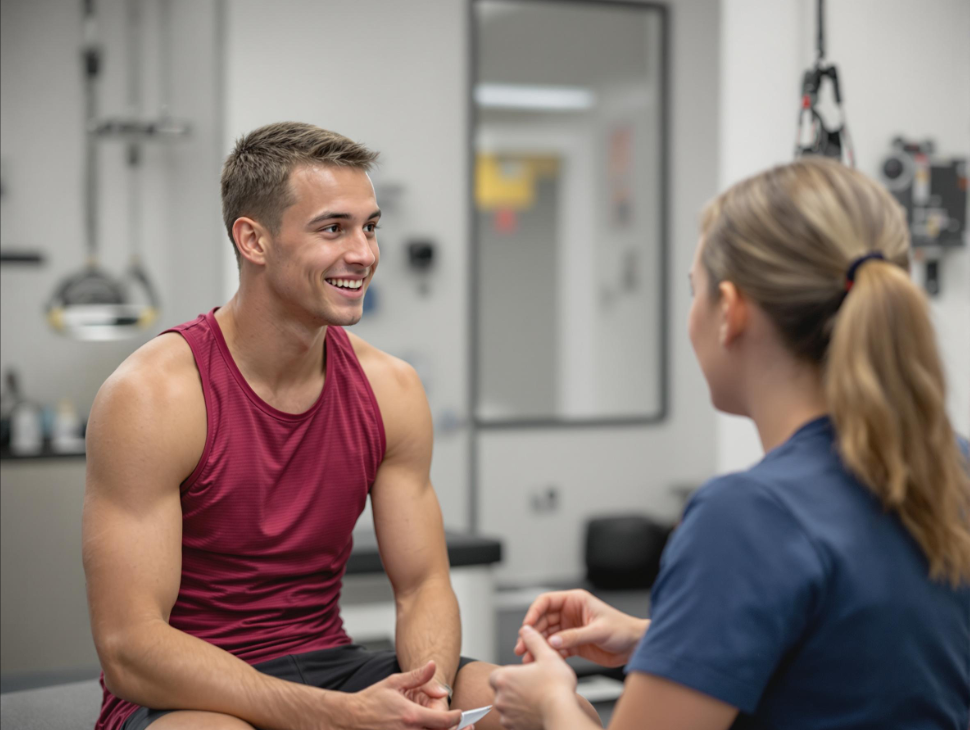
Conclusion – Invest in Your Athletic Future
Physical therapy provides young athletes the tools they need to prevent injuries, improve performance, and recover faster and safer. Integrating dynamic warm-ups, strength training, proper biomechanics, structured recovery, customized injury prevention programs, and early intervention strategies will empower young athletes to thrive safely and sustainably in their chosen sports.
Ready to improve your athletic performance? Contact the experts at Rebound PT today to discover personalized physical therapy solutions designed specifically for young athletes.
FAQs About Physical Therapy for Young Athletes
How often should young athletes perform injury-prevention exercises?
Ideally, injury prevention exercises should be performed 2-3 times per week, consistently integrated into regular training routines.
What’s the best way to reduce knee injuries in young athletes?
Strengthening quadriceps, hamstrings, glutes, and core muscles, along with proper jump landing and running mechanics training, significantly reduces the risk of knee injury.
Should young athletes seek physical therapy even if they aren’t injured?
Yes! Preventative physical therapy helps identify weaknesses or faulty movement patterns, preventing injury before it occurs.
How important is stretching in injury prevention?
Stretching is vital—it increases flexibility, reduces muscle tension, improves range of motion, and significantly lowers injury risks.
Can physical therapy enhance young athletes' sports performance?
Absolutely! Improved biomechanics, increased strength, better mobility, and effective recovery routines directly enhance athletic performance.
Recent Blog Post
